It’s been four decades since Honda started building Accords at a new plant in Marysville, Ohio. Today, foreign-owned manufacturers are producing more vehicles in the U.S. than Detroit’s Big Three. And the gap is only expected to widen, in part due to local production mandates covering battery-electric vehicles, reports Headlight.News.
If all goes according to plan, the first battery-electric vehicles will start rolling off the line at the new Hyundai Motor Group Metaplant America before the end of this year. The $5.5 billion facility in Bryan County, Georgia is set to produce as many as 300,000 EVs annually for all three of the group’s brands: Hyundai, Kia and Genesis. And that number could eventually climb to 500,000.
Even before the Metaplant opens, foreign-owned automakers have increasingly staked a manufacturing presence in the United States. Newly released numbers show that non-American. brands produced 4.9 million passenger vehicles in their U.S plants last year. Detroit’s Big Three – General Motors, Ford Motor Co. and Stellantis NV – assembled 4.6 million.
That marked the first time foreign manufacturers led the industry and, with the opening of the Metaplant, along with other new and recently expanded operations owned by foreign-owned manufacturers, the gap is only expected to widen. One motivating factor: federal EV incentives mandating localized production.
Payoff for American workers
The dramatic shift in who dominates American automotive production was highlighted by a new report released jointly by Autos Drive America and the American International Automobile Dealers Association.
Roughly 156,000 Americans are directly employed by foreign-owned brands, 100,000 of them in manufacturing, wrote Jennifer Safavian, chief executive officer of Autos Drive America, in an opening statement.
That “makes clear that international automakers are driving economic growth throughout the country,” she said.
Foreign-owned plants flood in
Honda was the first foreign automaker to open a U.S. assembly plant, a facility in Marysville, Ohio that began producing the Accord model in 1982. (It opened a factory nearby in 1979 to produce motorcycles.) Today, the third-largest Japanese automaker operates 12 U.S. manufacturing plants and rolls out over 800,000 automobiles annually.
Tenuously, at first, other Japanese brands followed, including Nissan, industry giant Toyota and others. “We prefer to build cars where we sell them,” David Christ, the U.S. head of the Toyota brand, recently said during a preview of several new models, including the American-made Camry.
Then came the Germans. Today, the BMW manufacturing complex in Spartanburg, South Carolina is the automaker’s largest in the world. Among the Koreans, both Hyundai and Kia now operate U.S. assembly plants and the Metaplant in Georgia will provide capacity for Genesis, as well.
Even Vietnamese start-up VinFast wants to get in on the act. Last year, it broke ground on a $4 billion complex in North Carolina that was scheduled to produce 150,000 EVs annually, starting in 2025. It has since revised plans, seeking to start smaller and push back the start of production. There’ve been reports suggesting VinFast might kill the project entirely – but several company officials, in a meeting with Headlight.News last month, insisted the venture is still a “go.”
More Related Stories
- Volvo Delays Launch of EX30 Due to New Tariffs on Chinese-Made EVs
- Foreign-Owned Car Brands Dominate Made-in-America Study
- UAW Scores Big Win at VW Plant in Tennessee
Biden’s IRA draws still more auto production to U.S.
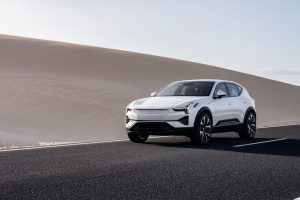
Volvo spin-off Polestar also is producing its latest model, the Polestar 3, in the U.S. to avoid tariffs and gain access to consumer tax incentives.
Eventually, many industry analysts expect Chinese manufacturers to start building vehicles in the U.S., as well. They’ll likely need to – or at least set up shop in Canada or Mexico – to sidestep stiff new tariffs on Chinese good, EVs, in particular. The impact of the tariffs was demonstrated by Volvo’s decision to delay the U.S. launch of the Chinese-made EX30 EV.
Politics and trade have long had an impact on automotive production. Japanese manufacturers raced to set up U.S. plants to sidestep supposedly “voluntary” restrictions on imports back in the 1980s.
Now, foreign-owned brands, in general, are motivated by mandates in the Inflation Reduction Act covering EV incentives. To qualify for up to $7,500 per vehicle in tax credits, vehicles must be assembled in the U.S. – or a small handful of trade partners – and their batteries and battery materials must be locally sourced, as well.
That’s drawing still more production to the U.S., and adding more brand names, such as Polestar which is sharing a facility with Volvo in Charleston, South Carolina.
Tesla enters the equation
Since Honda launched production in Ohio, Detroit automakers have closed dozens of plants, a big wave of shutdowns triggered by the Great Recession and the bankruptcies of General Motors and Chrysler.
The overall trend continues downward, though a handful of those facilities have since reopened. And Ford, in particular, is setting up Blue Oval City, its largest manufacturing complex ever. The facility, near Memphis, is set to produce next-generation EVs.
Battery-electric vehicles are expected to play an increasing role in the U.S. automotive market over the coming years, and its brought a handful of new domestic entrants into the industry. Tesla launched production in Fremont, California out of a factory that was once run by General Motors and later became a GM-Toyota joint venture. Tesla has since set up a second U.S. assembly plant in Texas.
Several other start-ups have laid out plans to set up U.S. plants. The two now operating are Rivian and Lucid. Combined with Tesla, they produced 754,342 vehicles domestically last year.
Foreign cars are more “American”
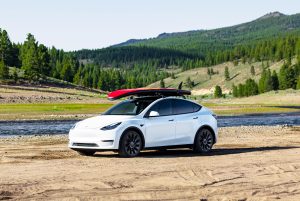
The Tesla Model Y led the list of the most “American-made” vehicles, but seven of the top 10 models were from foreign-owned brands.
By at least one count, foreign-owned manufacturers can lay claim to being more “American” than the Detroit Big Three.
Six of the ten vehicles topping the list in the 19th annual American-made index came from Japanese brands, including Honda, Lexus and Toyota. One was German – the all-electric Volkswagen ID.4 built in Tennessee. Tesla had two models on the list, including the top-ranked Model Y. Only one vehicle, the eighth-ranked Jeep Gladiator, made the cut.
“Pundits champion homegrown corporations as the key to investments in local and state economies,” said Patrick Masterson, the editor at Cars.com who oversaw the study. “However, when it comes to the global automotive industry, the badge on the hood doesn’t always reveal a vehicle’s economic contributions. In fact, 66% of vehicles on Cars.com’s 2024 American-Made Index come from foreign automakers that support communities in Alabama, Indiana, Michigan and Ohio.”
The UAW takes aim

UAW Pres. Sean Fain led a rally outside the VW plant in Chattanooga ahead of the historic vote that saw it win representation rights.
The rise in production by foreign-owned manufacturers has led to a number of changes. The vast majority of their facilities are based in southern states, including Alabama, Georgia, South Carolina and Texas.
Most of those states have very low representation by organized labor. And, until now, none of the foreign-owned plants had been won over by the United Auto Workers Union. If anything, the UAW had lost in several tries to gain representation rights at Honda, Nissan and VW.
That could change. Following big contract wins with the Detroit automakers last autumn, UAW president Sean Fain made organizing the so-called “transplants” a top priority. In April, the union scored a historic win, workers at VW’s Chattanooga plant overwhelming voting in favor of the UAW.
But the union subsequently suffered a crushing defeat at the Mercedes-Benz plant in Vance, Alabama. It is currently studying what went wrong there and moving ahead with organizing drives at other transplants. It’s widely expected to next try a vote at a Toyota plant. How that turns out could determine whether it moves forward at other foreign-owned facilities or settles for its one win at Volkswagen.

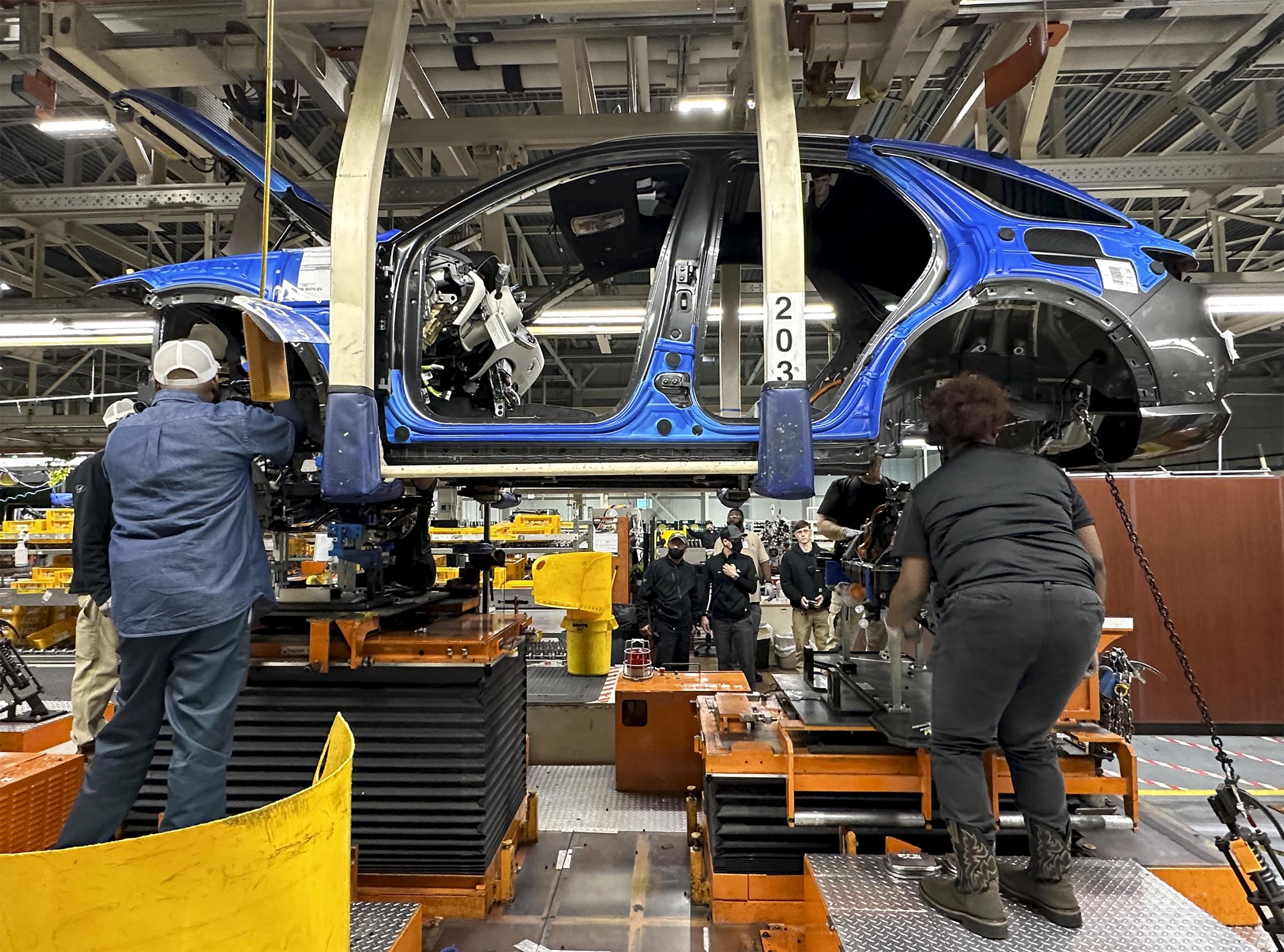
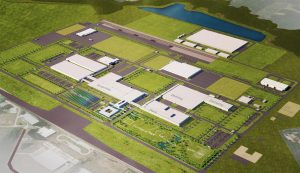
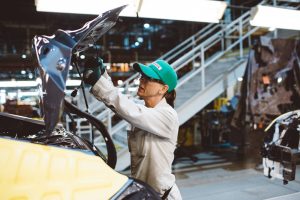
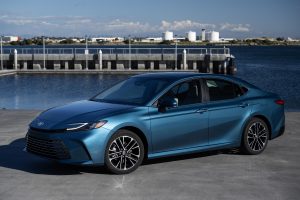
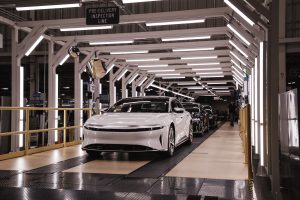
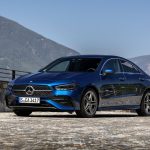

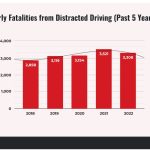
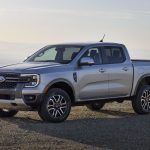




0 Comments